Multigenerational London home design prioritises social and environmental sustainability
Sarah Wigglesworth Architects creates a Passivhaus home in north London that puts social and environmental sustainability at its heart
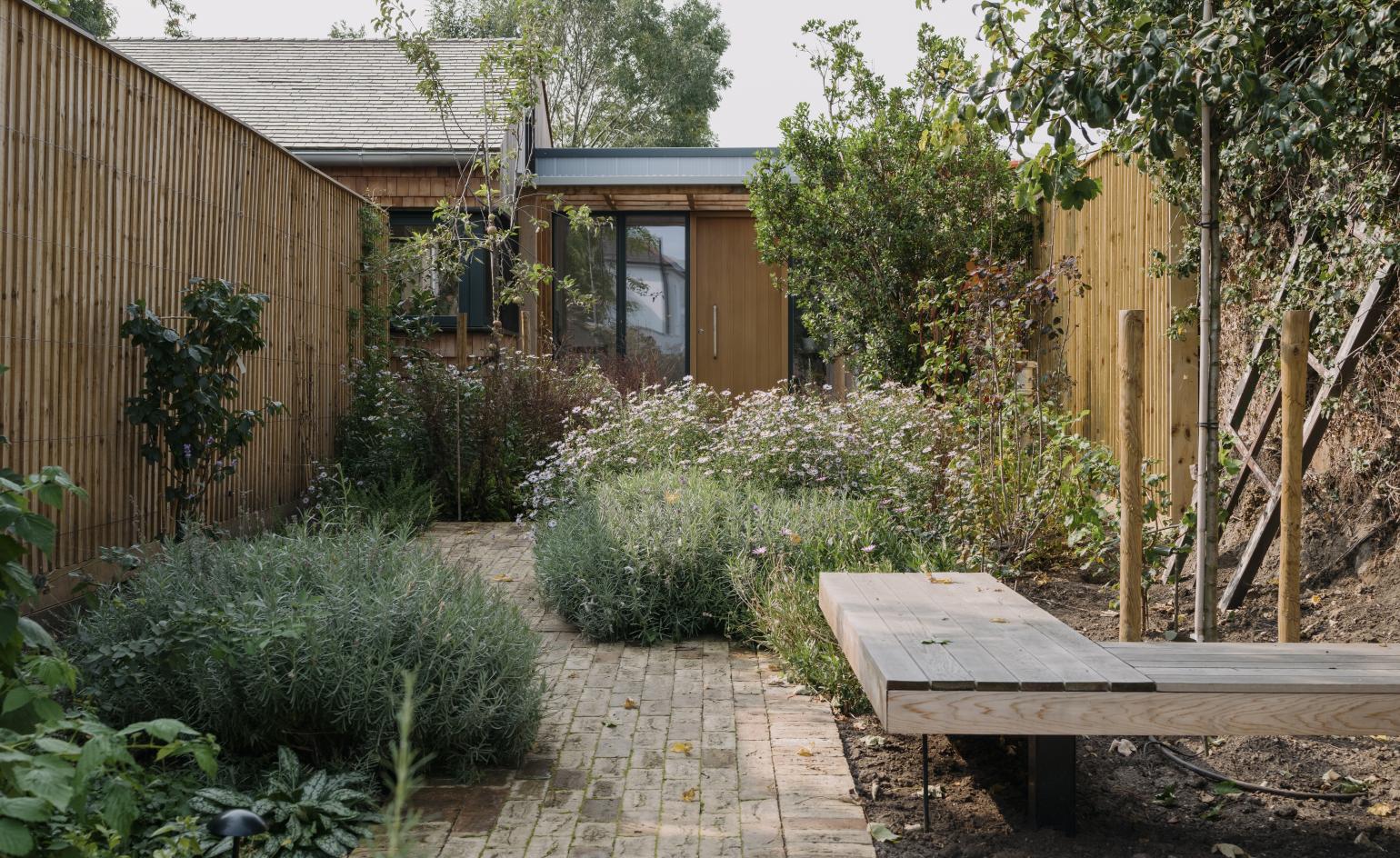
Tim Crocker - Photography
Engulfed in a wild, leafy garden, a new multigenerational home in north London is designed to be functional and inclusive. Haycroft Gardens, created by architect Sarah Wigglesworth and her team, may appear humble, but it takes sustainable architecture to the next level.
Commissioned to work on an infill site in Kensal Green, Wigglesworth was invited to create a single-level, three-bedroom home that would accommodate the needs of a young family and an elderly parent within the same domestic scheme. ‘The long-term requirements of the occupants, such as mutual support, accessibility, comfort, energy use and adaptability', were crucial in the design solution, explains the architect.
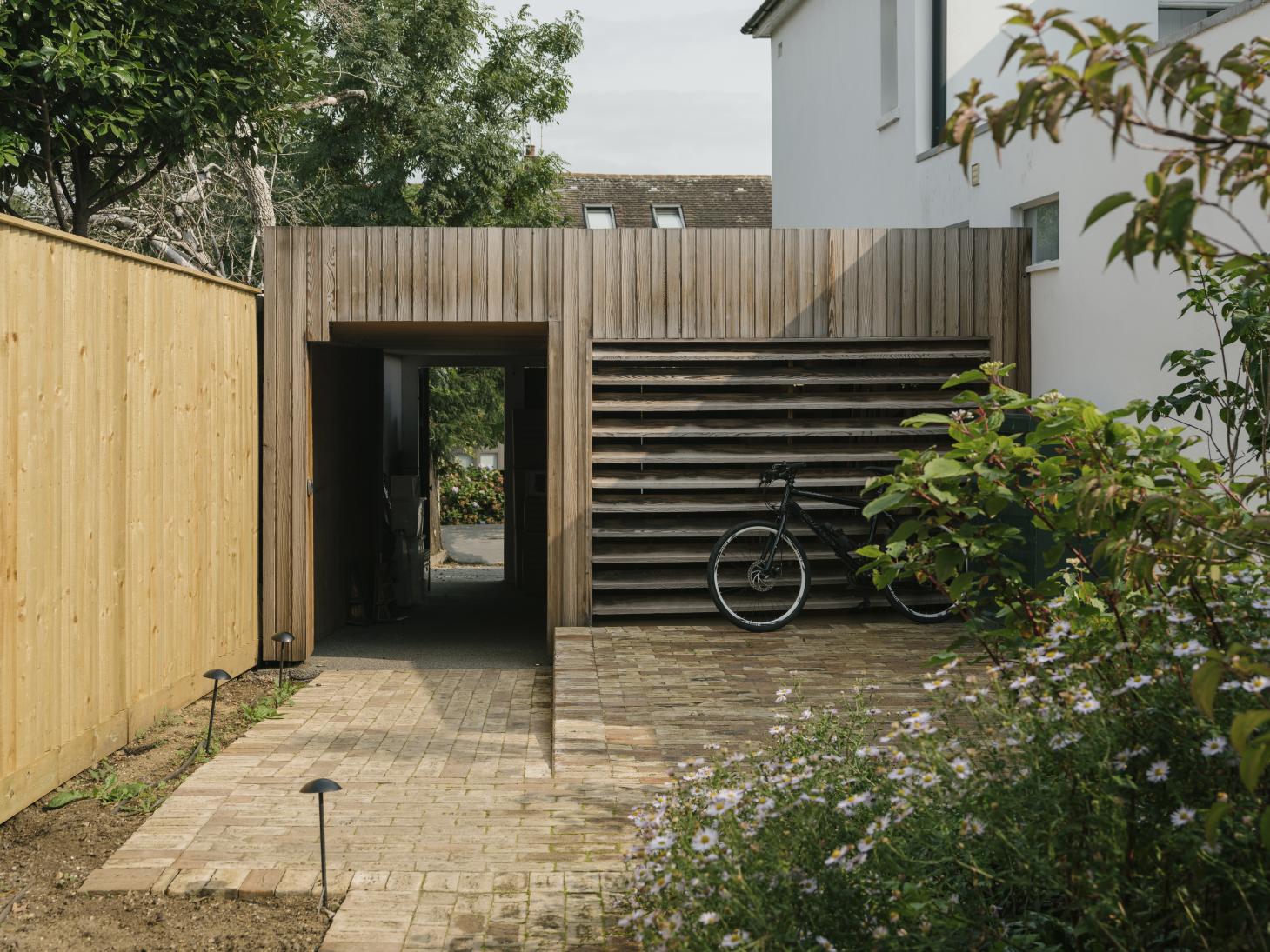
In terms of environmental sustainability, the project was built according to Passivhaus principles. A specialist timber frame manufacturer was involved, while an air-source heat pump and MVHR (mechanical ventilation with heat recovery) provide heating and ventilation respectively. The aim was for the house to have a very low energy usage.
The site was once occupied by a dairy farm, and the project's ‘masterplan' references that function, through its composition of low, smaller volumes – just like a selection of agricultural outbuildings would be arranged. A greenhouse, with a pergola, is the only piece of the original complex that is still on site, and was preserved and incorporated to flag up the plot's past and provide a sense of continuity.
The home's plan takes an L-shaped form, with the lush garden at its centre. An open-plan kitchen/dining/living area is just off that and opens up towards the greenery through floor-to-ceiling glazing. The entrance to the plot occupies its own, independent cedar-wood structure, set on the side of a period property that faces the street – allowing privacy but also a sense of intrigue as to what could be behind this simple gatehouse.
Wigglesworth, who is particularly well known for her own acclaimed, innovative and eco-friendly home (Stock Orchard Street) in north London, says: ‘This is the first private home we have designed since Stock Orchard Street, 21 years ago. It is exciting to have the opportunity to apply our knowledge of green buildings, updated and improved, and our expertise in older people’s, multigenerational and downsizer houses to create a nurturing, age-embracing family home. This is a sustainable model for future living and wellbeing that we should all embrace.'
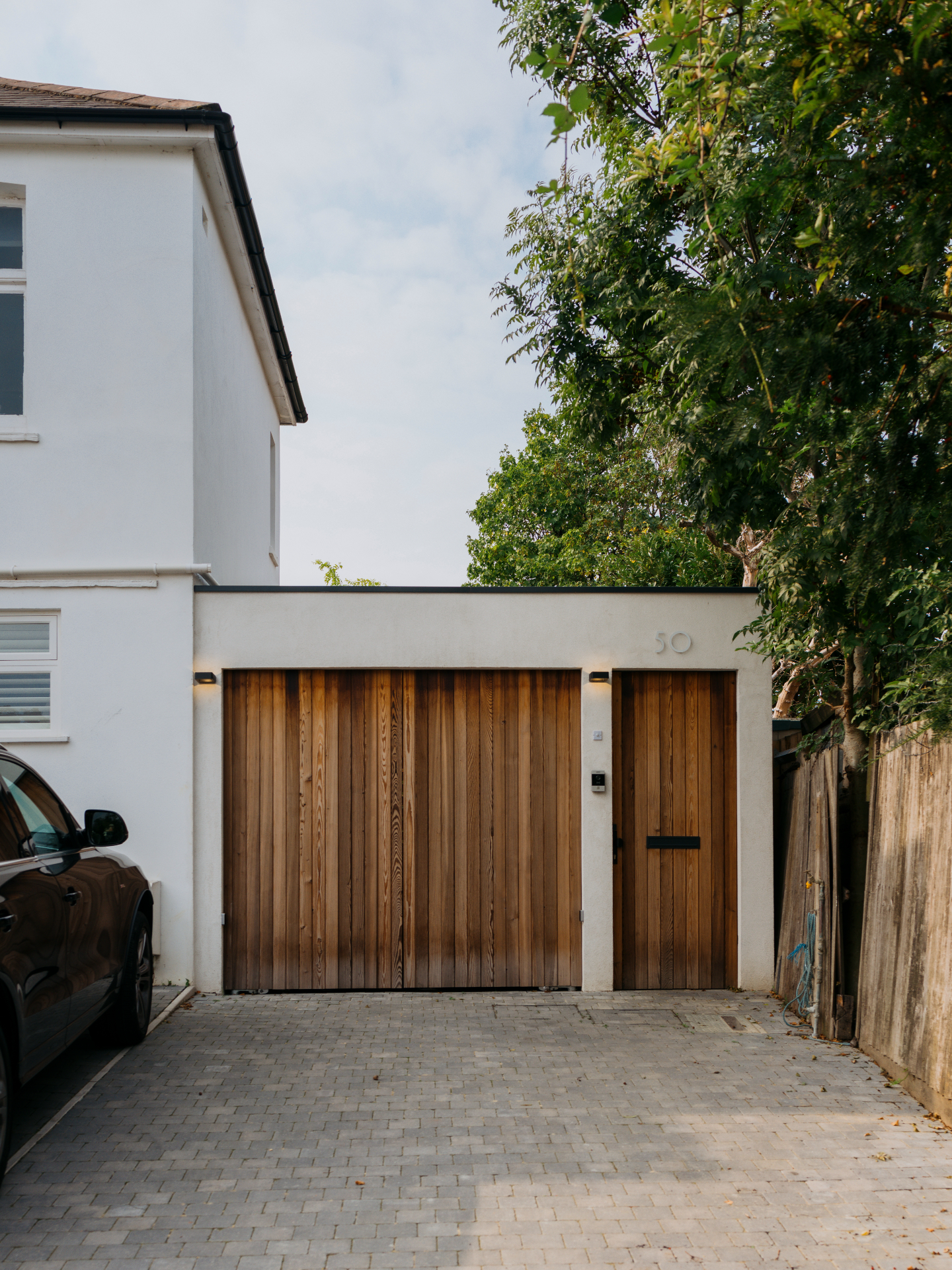
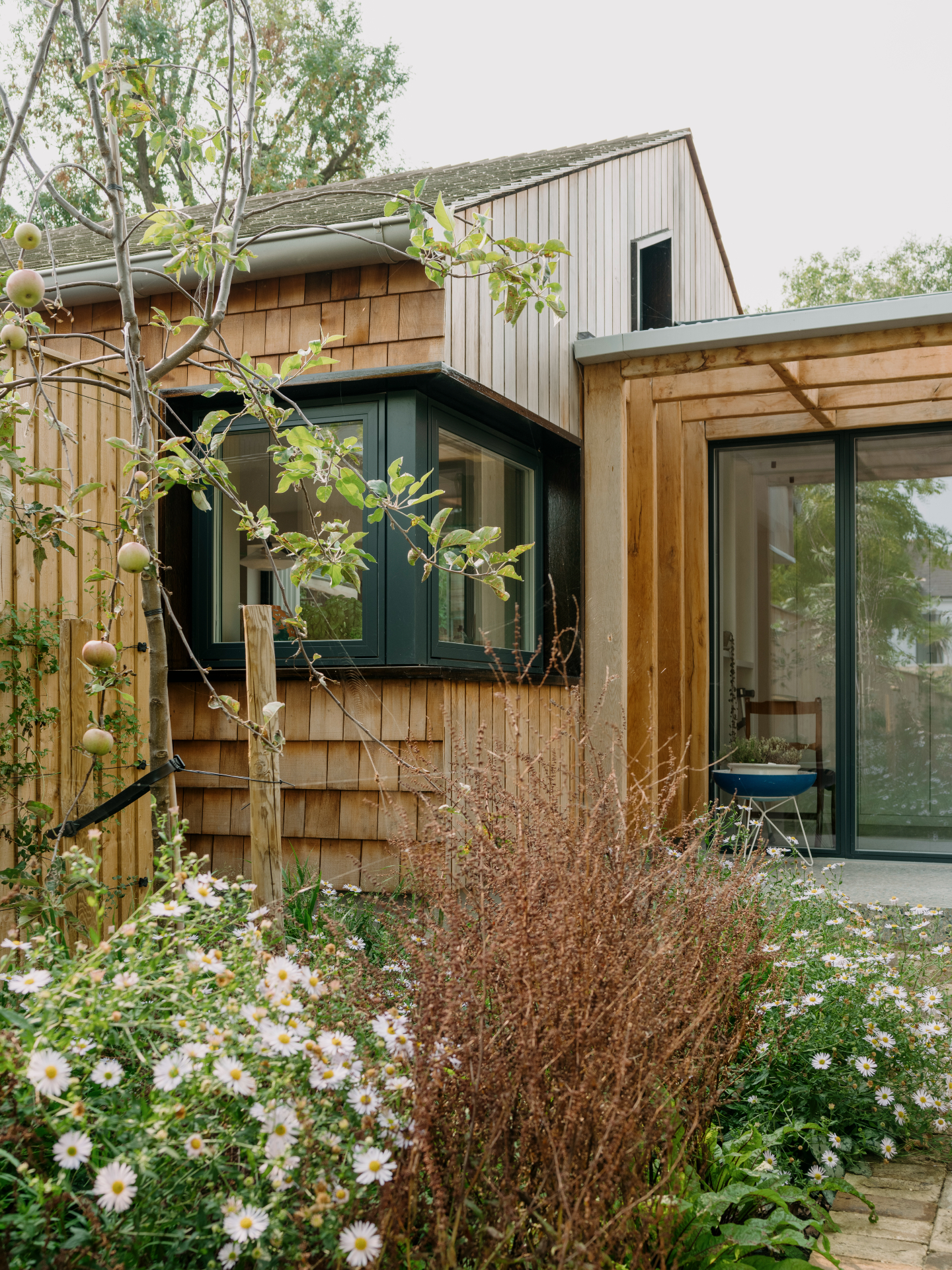
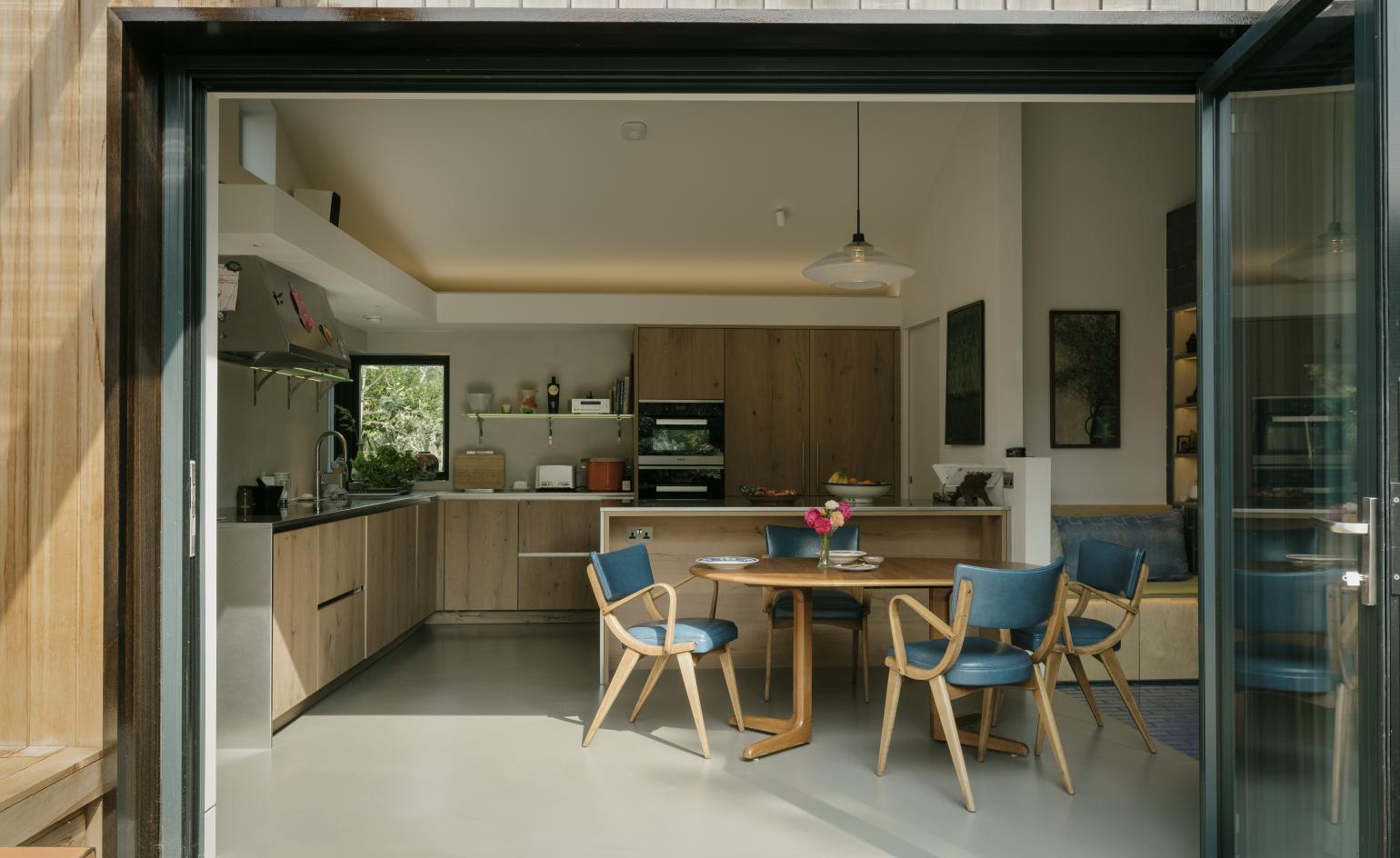
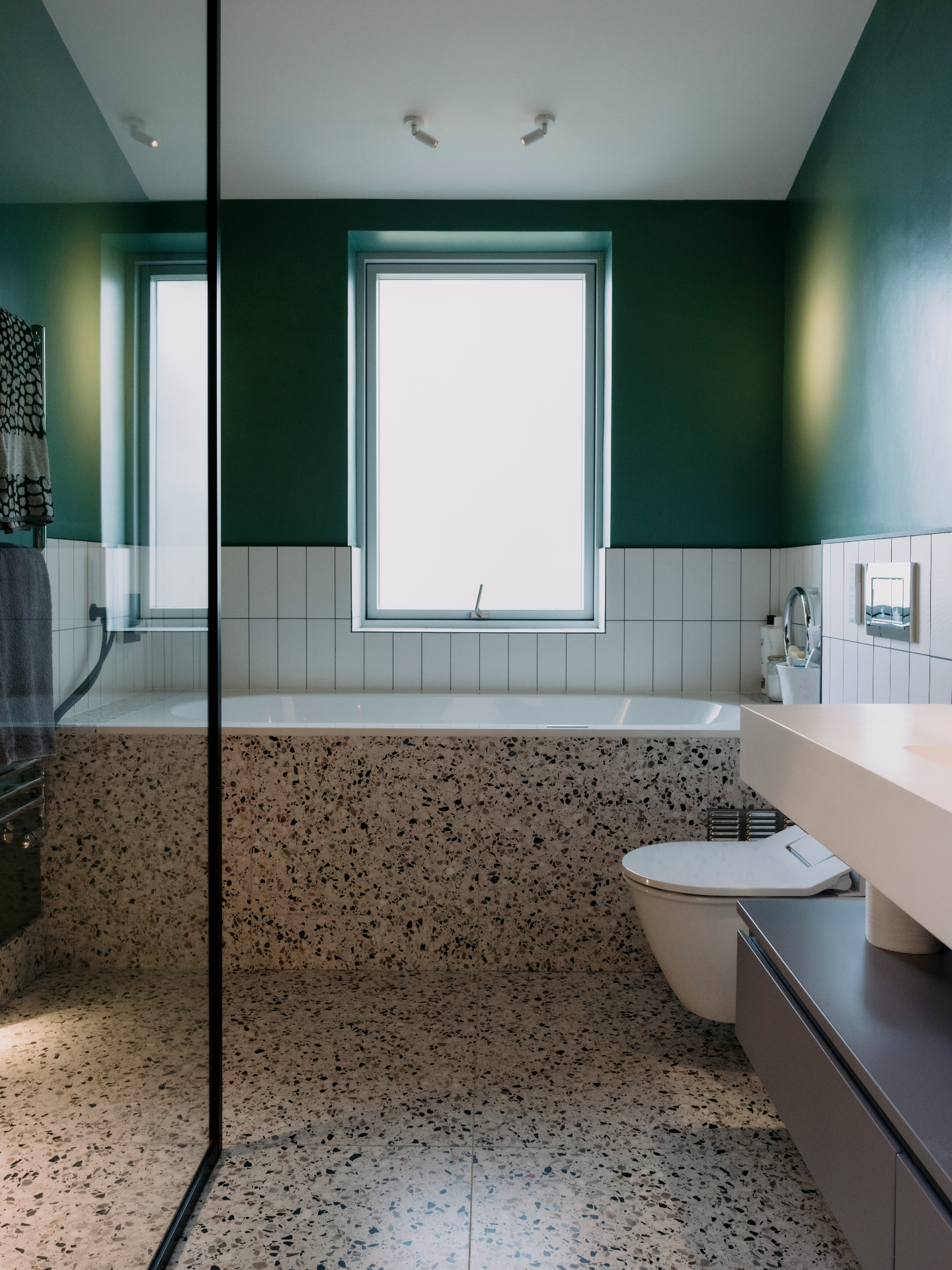
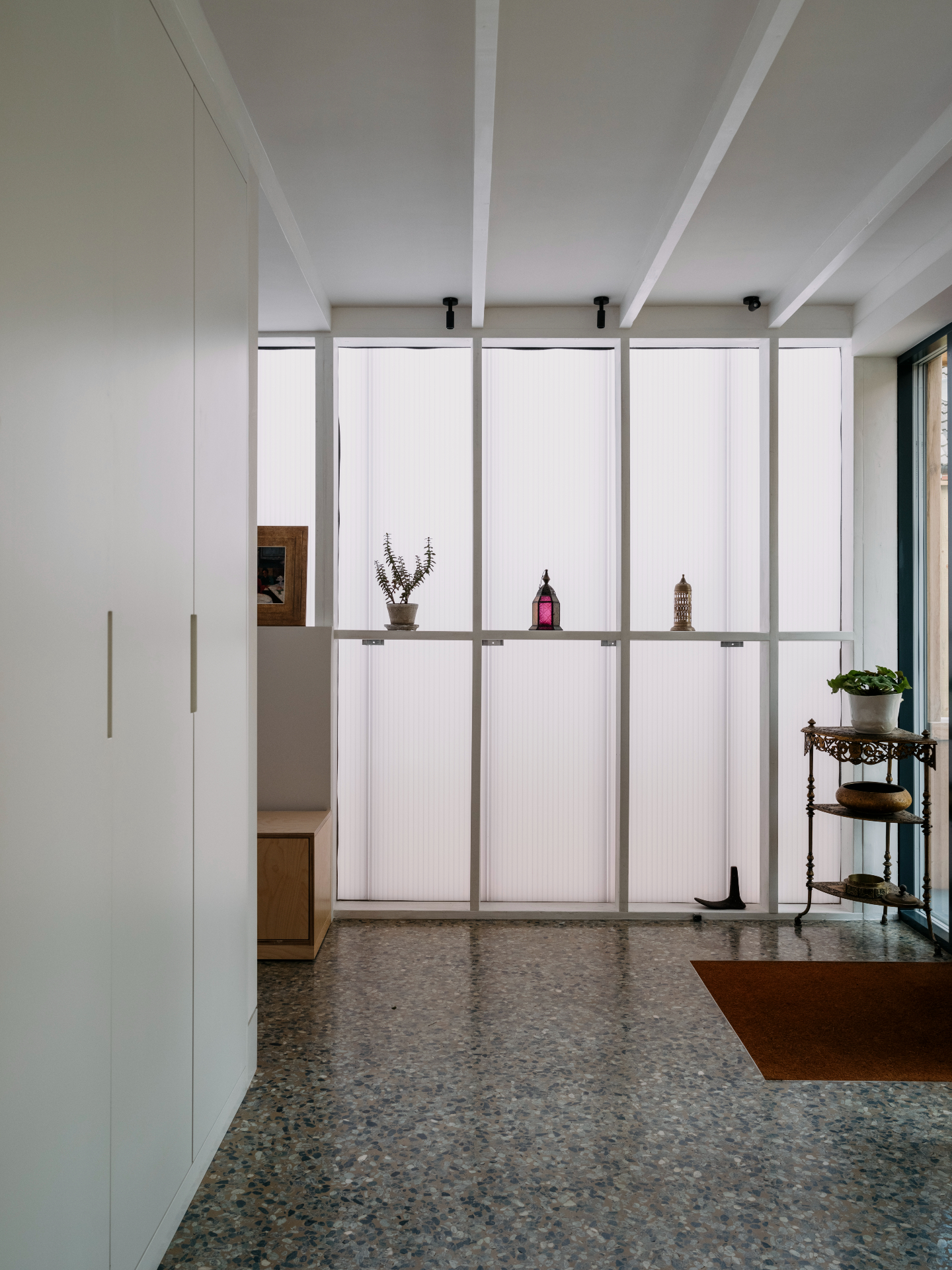
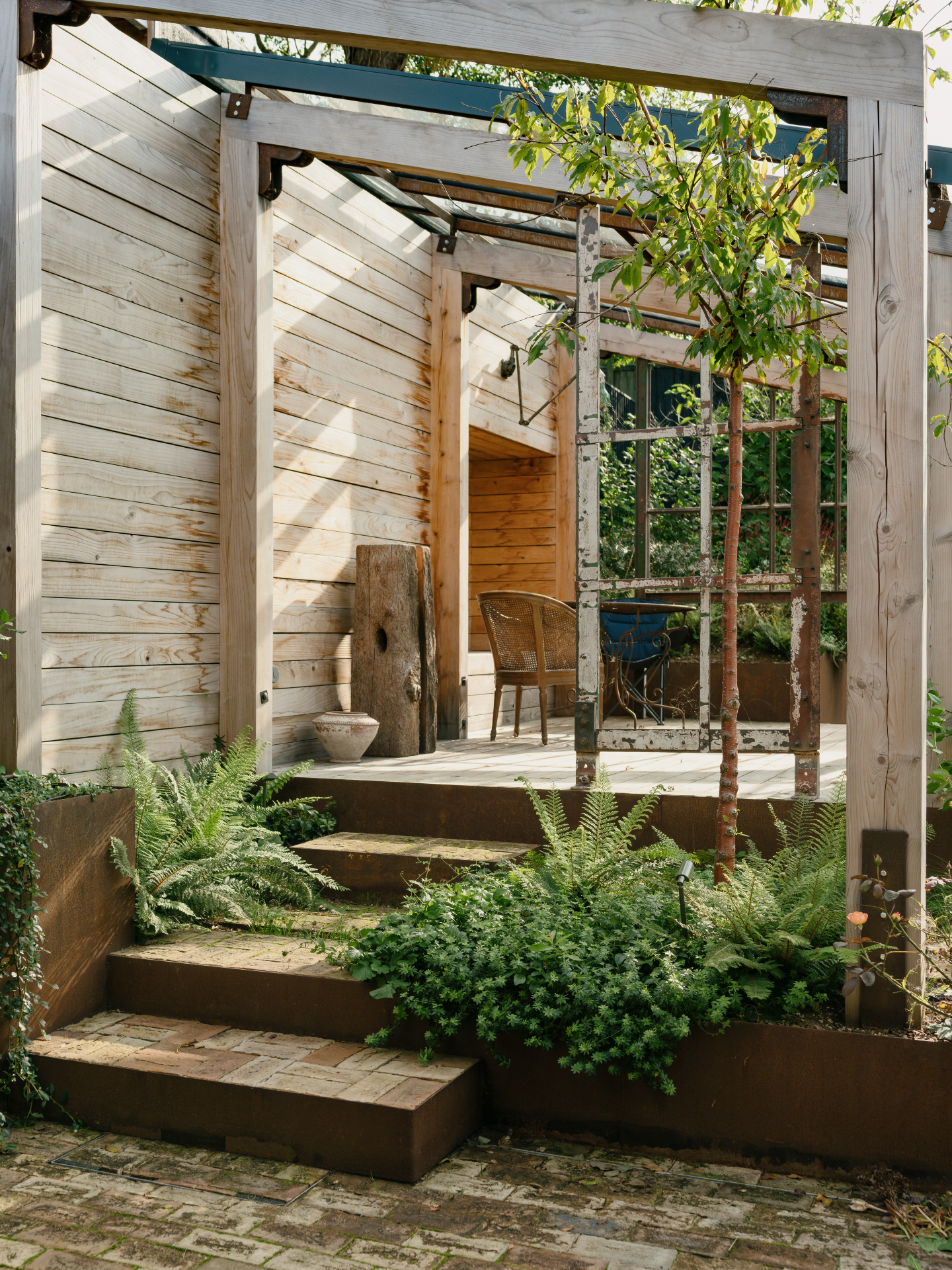
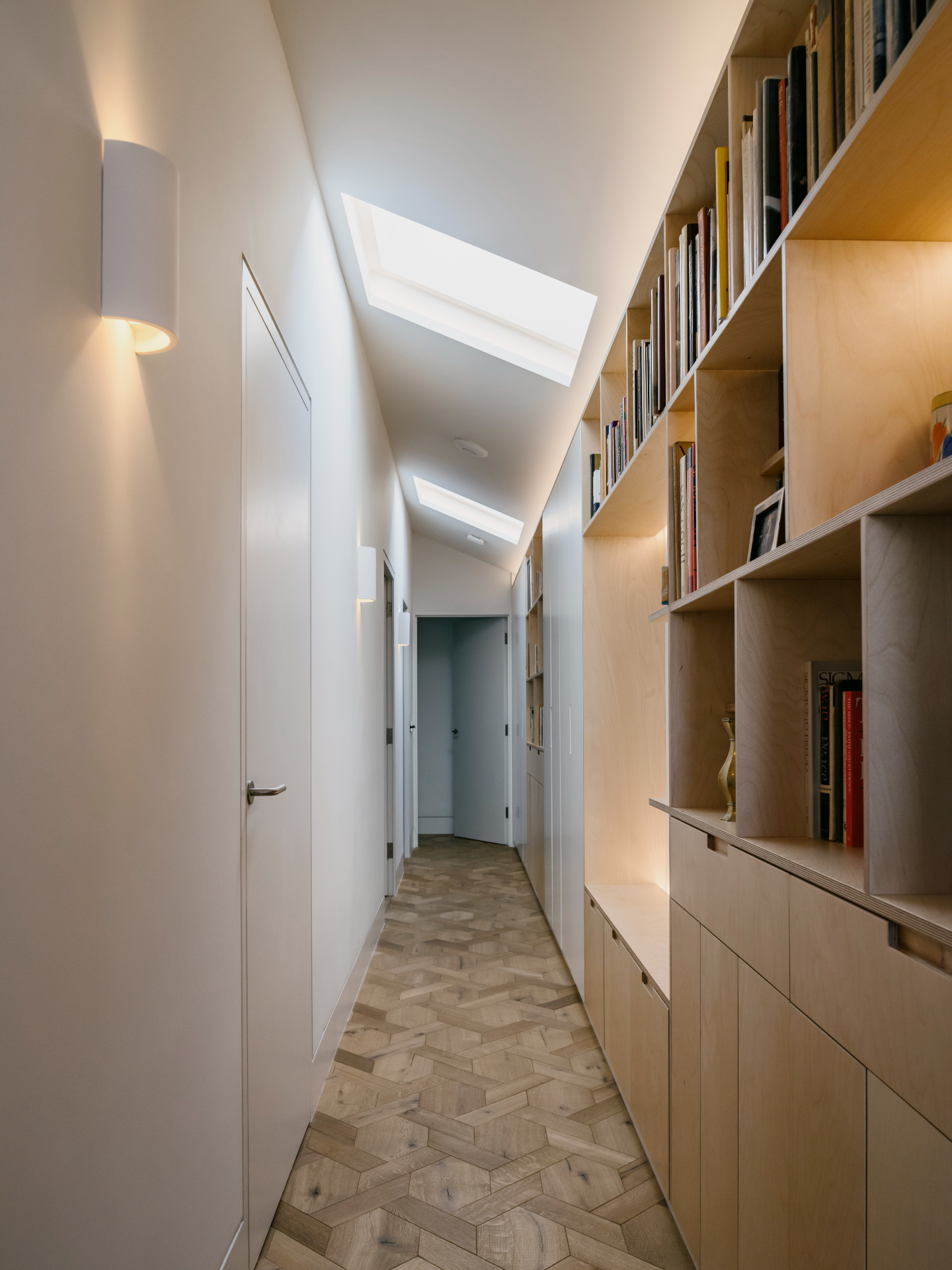
INFORMATION
Receive our daily digest of inspiration, escapism and design stories from around the world direct to your inbox.
Ellie Stathaki is the Architecture & Environment Director at Wallpaper*. She trained as an architect at the Aristotle University of Thessaloniki in Greece and studied architectural history at the Bartlett in London. Now an established journalist, she has been a member of the Wallpaper* team since 2006, visiting buildings across the globe and interviewing leading architects such as Tadao Ando and Rem Koolhaas. Ellie has also taken part in judging panels, moderated events, curated shows and contributed in books, such as The Contemporary House (Thames & Hudson, 2018), Glenn Sestig Architecture Diary (2020) and House London (2022).
-
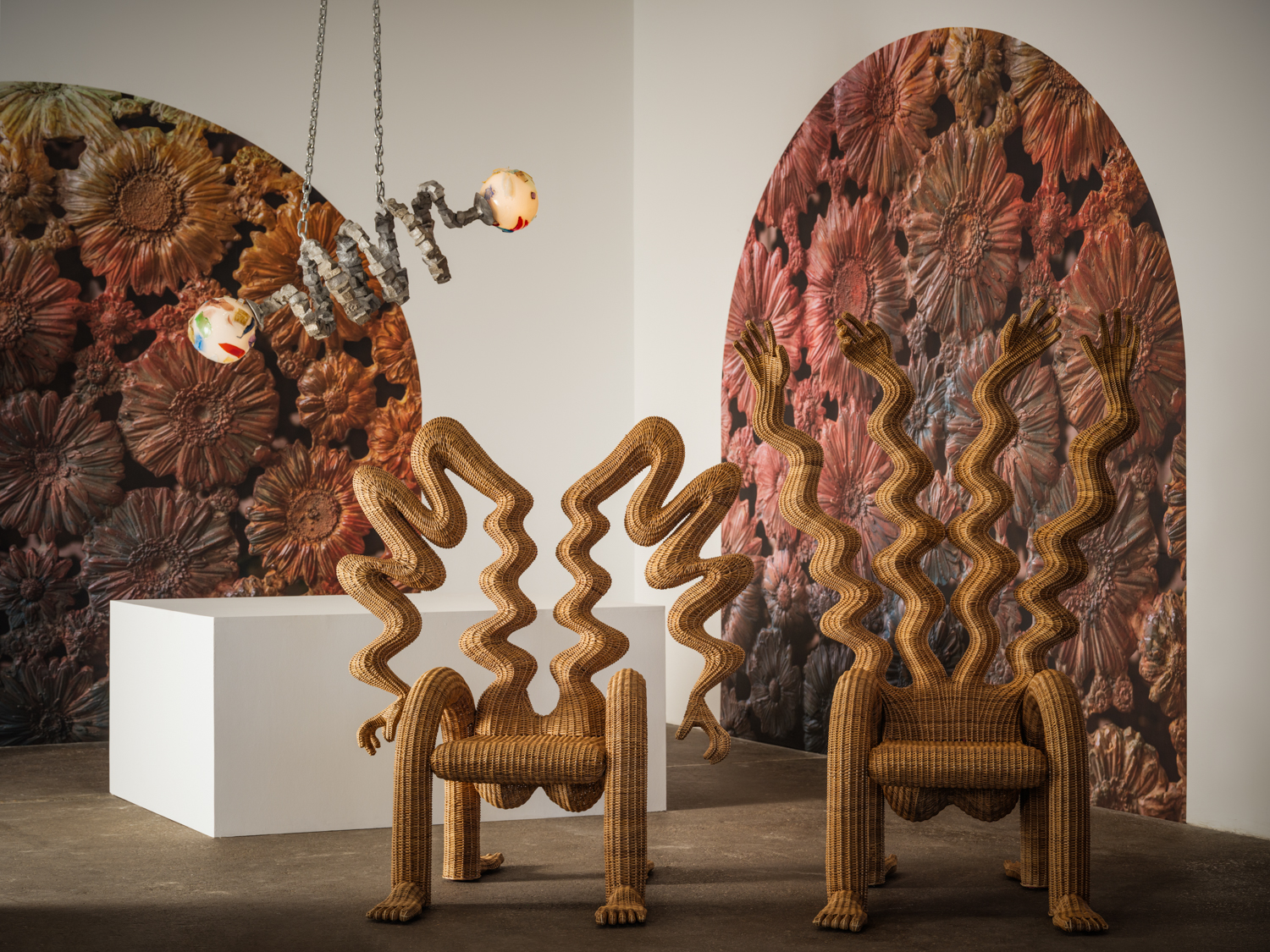 Chris Wolston’s first-ever museum show bursts with surreal forms and psychedelic energy
Chris Wolston’s first-ever museum show bursts with surreal forms and psychedelic energy‘Profile in Ecstasy,’ opening at Dallas Contemporary on 7 November, merges postmodern objects with Colombian craft techniques
-
 The Mobilize Duo x TA is a limited-edition electric microcar, with graphics by TheArsenale
The Mobilize Duo x TA is a limited-edition electric microcar, with graphics by TheArsenaleRenault’s Mobilize brand has launched another collaboration with creative agency TheArsenale, fitting out the diminutive Duo with fresh colours and graphics
-
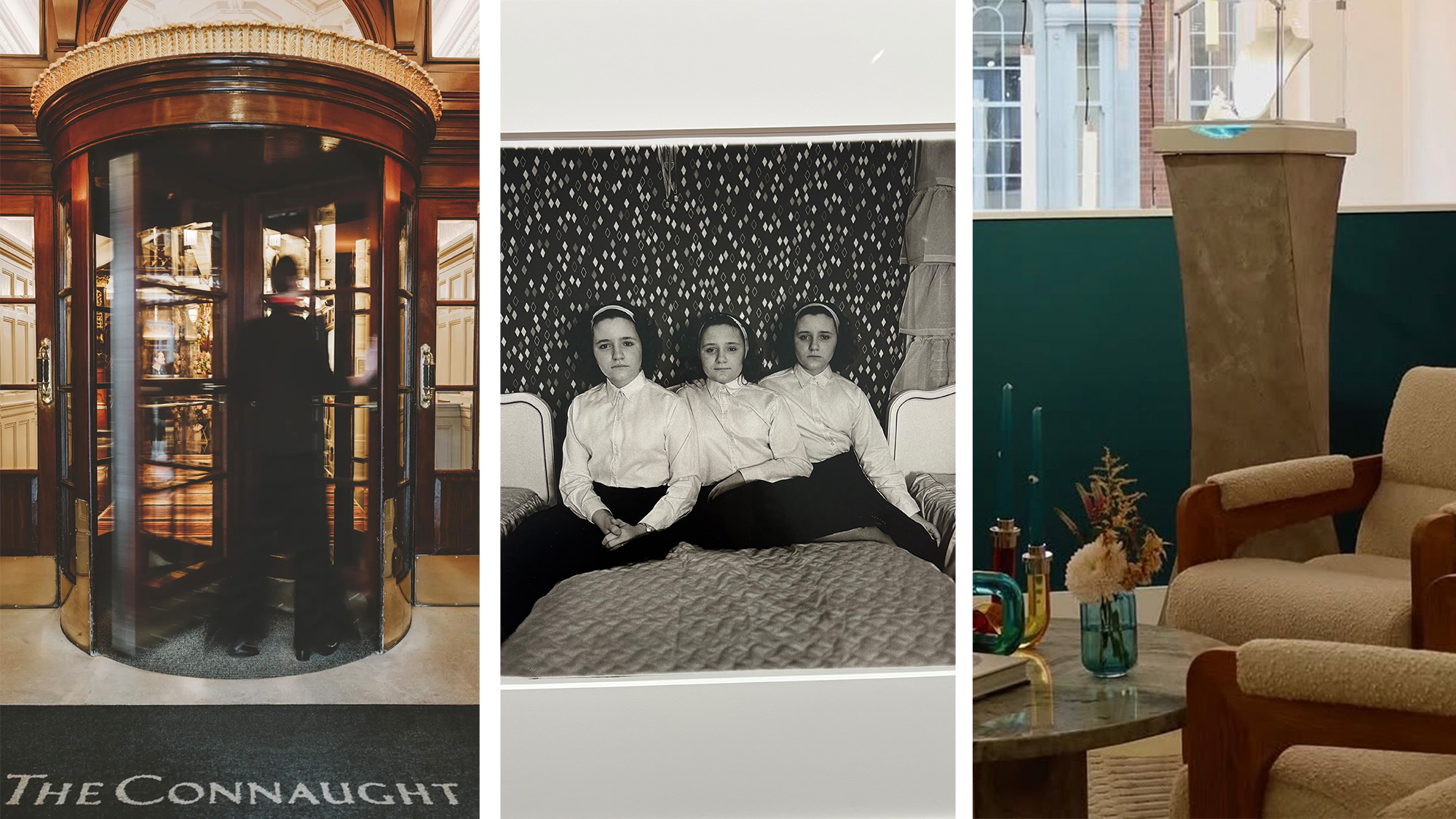 Out of office: The Wallpaper* editors’ picks of the week
Out of office: The Wallpaper* editors’ picks of the weekThis week, the Wallpaper* editors curated a diverse mix of experiences, from meeting diamond entrepreneurs and exploring perfume exhibitions to indulging in the the spectacle of a Middle Eastern Christmas
-
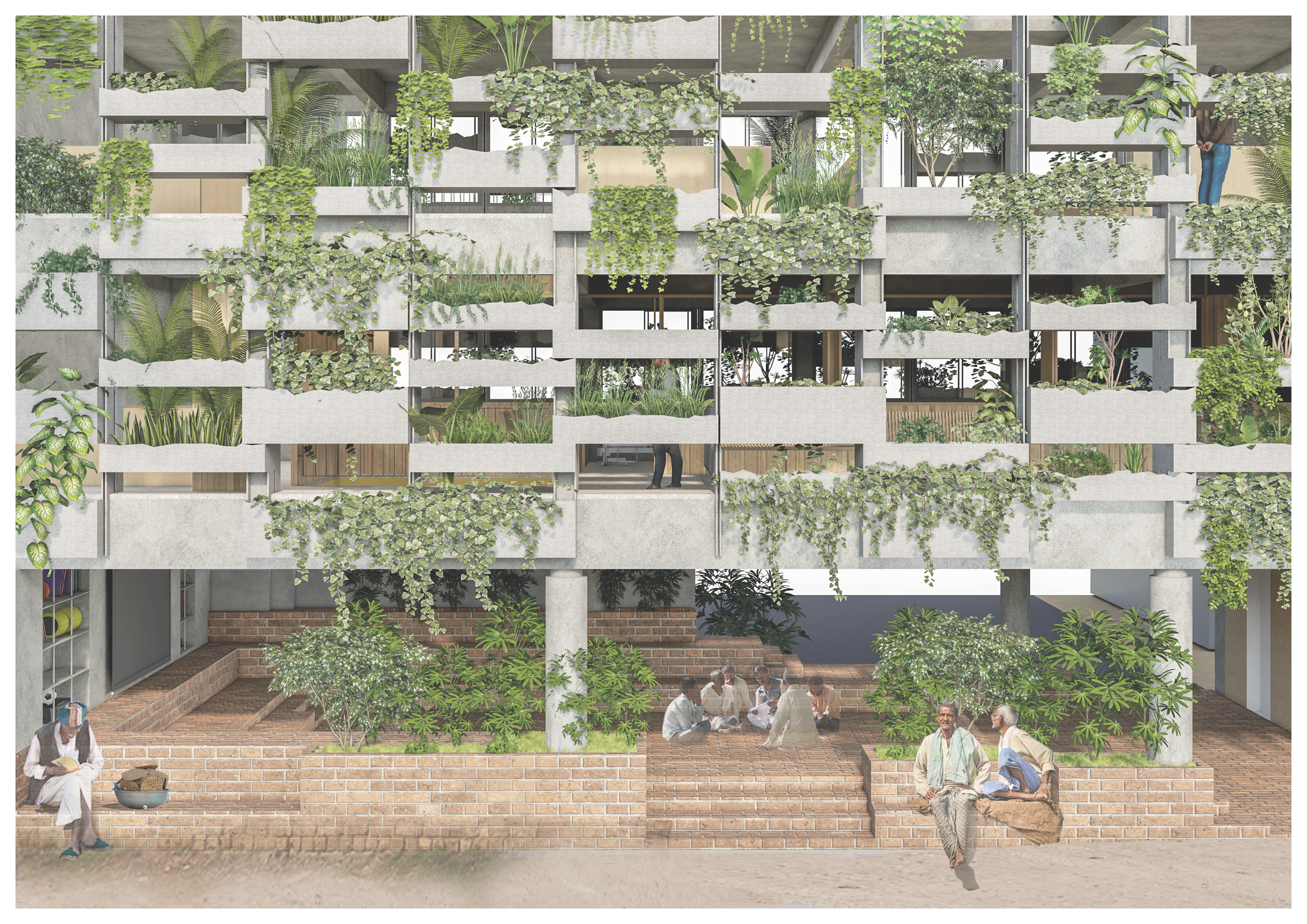 Holcim Foundation Awards celebrate sustainability with 20 winners; Sou Fujimoto explains all
Holcim Foundation Awards celebrate sustainability with 20 winners; Sou Fujimoto explains allThe 2025 Holcim Foundation Awards have just been announced, crowning 20 projects from across the globe as the most inspirational schemes in the field of sustainable architecture; we caught up with Asia Pacific jury chair Sou Fujimoto to find out more
-
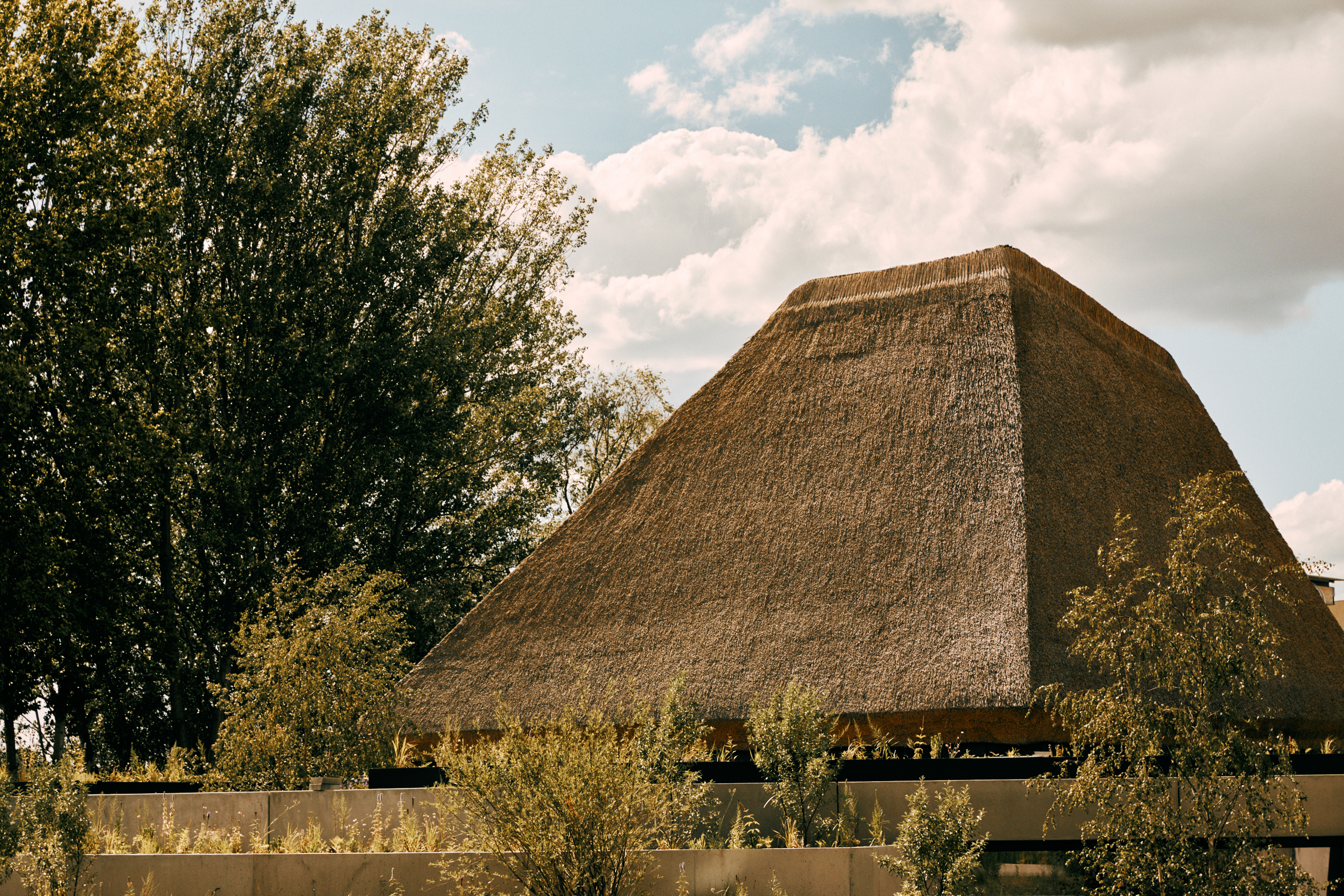 What are biomaterials? Everything you need to know about Mother Nature's building blocks
What are biomaterials? Everything you need to know about Mother Nature's building blocksCould the cities of the future be grown from plants, bacteria and fungi? Architects explain
-
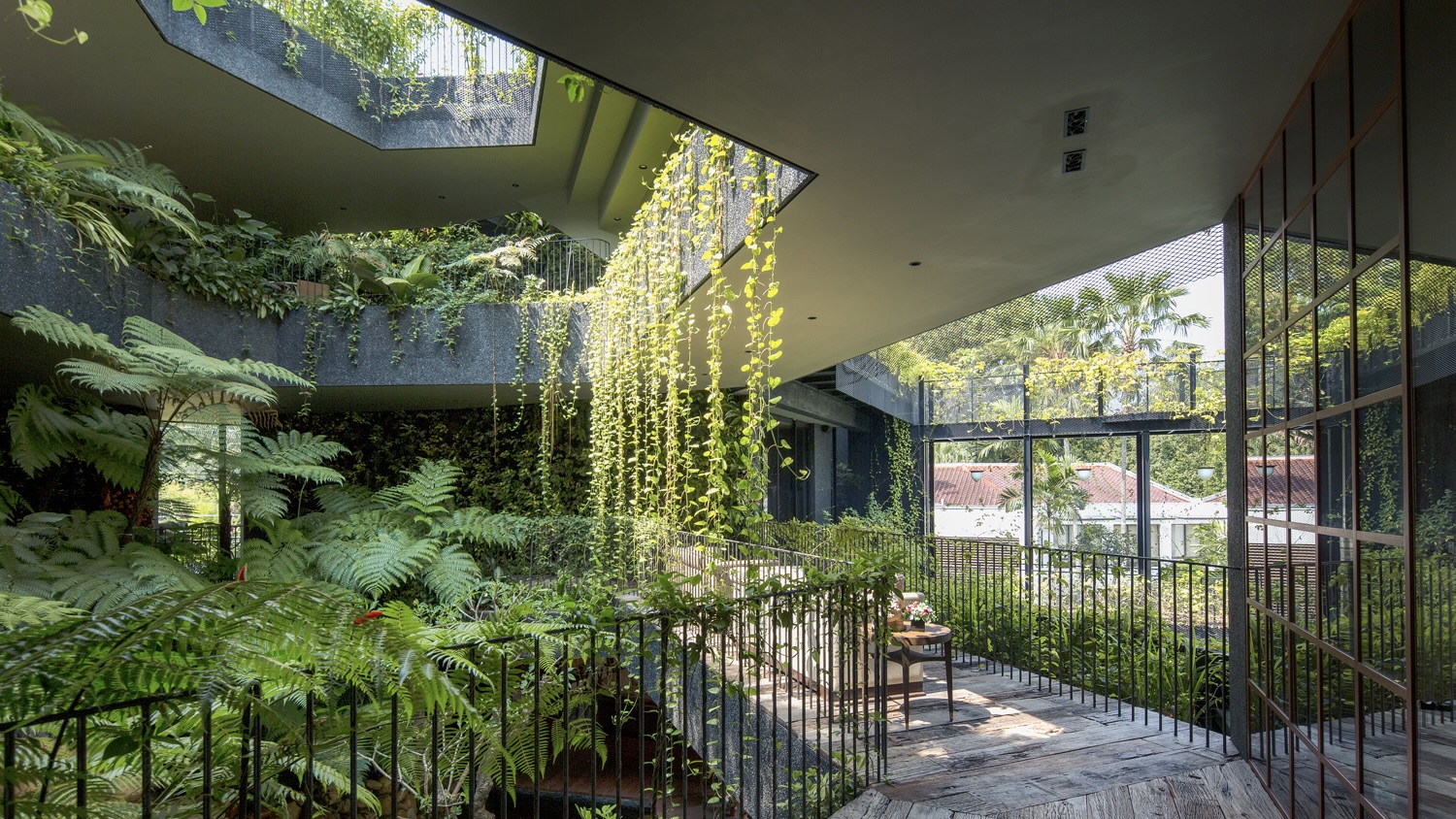 What is eco-brutalism? Inside the green monoliths of the movement
What is eco-brutalism? Inside the green monoliths of the movementThe juxtaposition of stark concrete and tumbling greenery is eminently Instagrammable, but how does this architectural movement address the sustainability issues associated with brutalism?
-
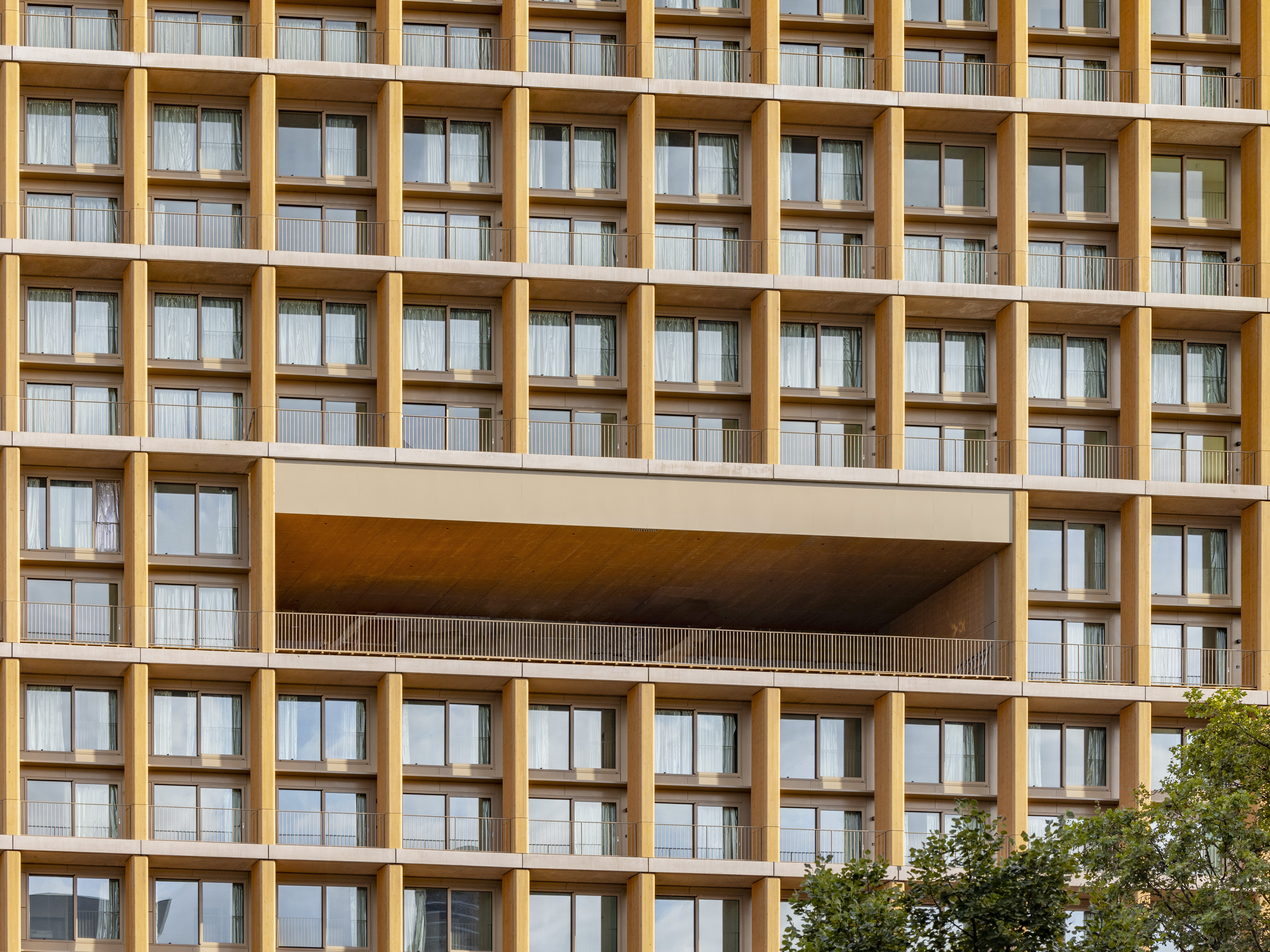 Explore wood architecture, Paris' new timber tower and how to make sustainable construction look ‘iconic’
Explore wood architecture, Paris' new timber tower and how to make sustainable construction look ‘iconic’A new timber tower brings wood architecture into sharp focus in Paris and highlights ways to craft buildings that are both sustainable and look great: we spoke to project architects LAN, and explore the genre through further examples
-
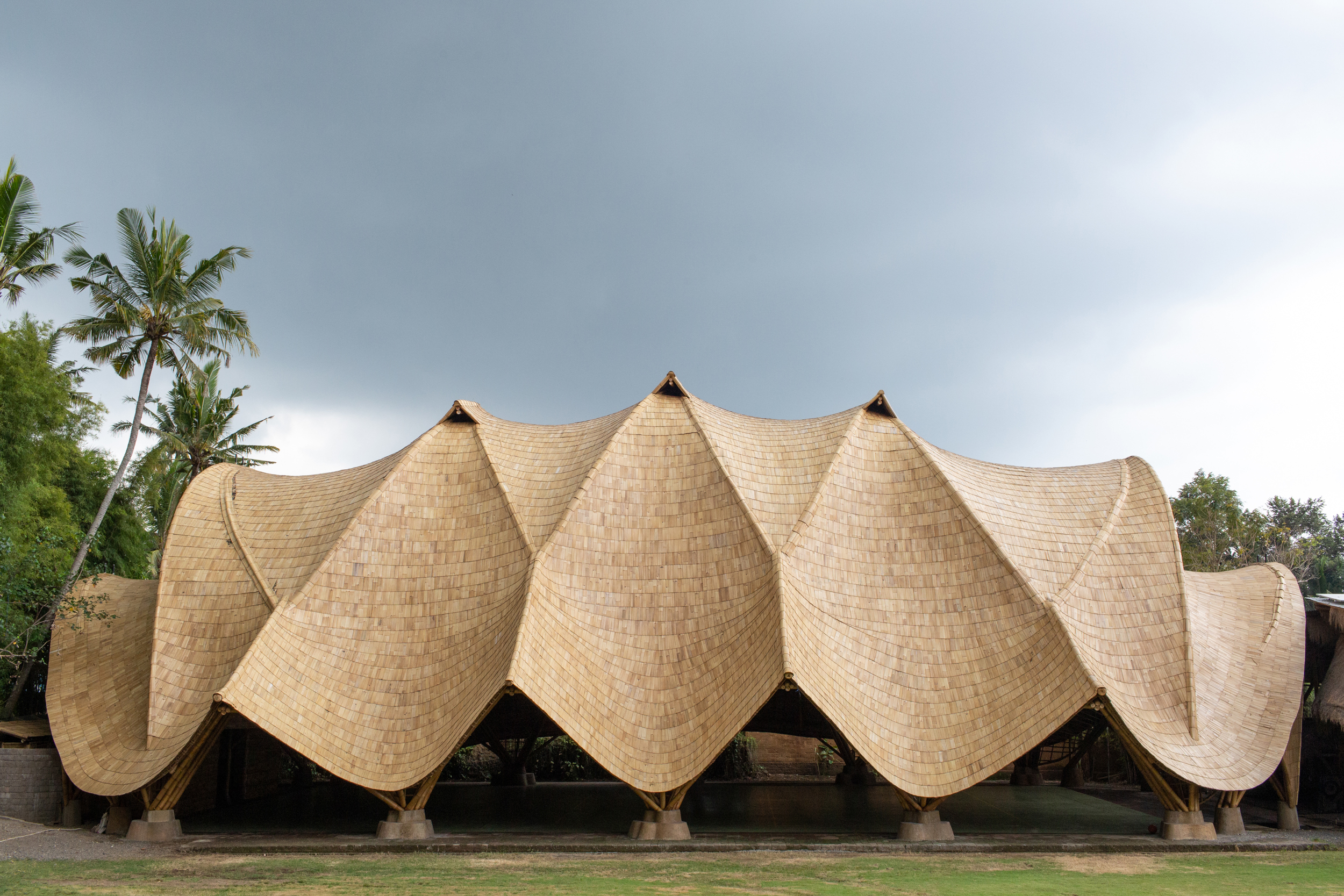 Building with bamboo: In Bali, designer, Elora Hardy, shares her tips and experience
Building with bamboo: In Bali, designer, Elora Hardy, shares her tips and experienceBamboo architecture can be powerful and sustainable; here, we talk to Ibuku's Elora Hardy, who shares her tips, thoughts and experience in working with the material in Bali
-
 Remembering Alexandros Tombazis (1939-2024), and the Metabolist architecture of this 1970s eco-pioneer
Remembering Alexandros Tombazis (1939-2024), and the Metabolist architecture of this 1970s eco-pioneerBack in September 2010 (W*138), we explored the legacy and history of Greek architect Alexandros Tombazis, who this month celebrates his 80th birthday.
-
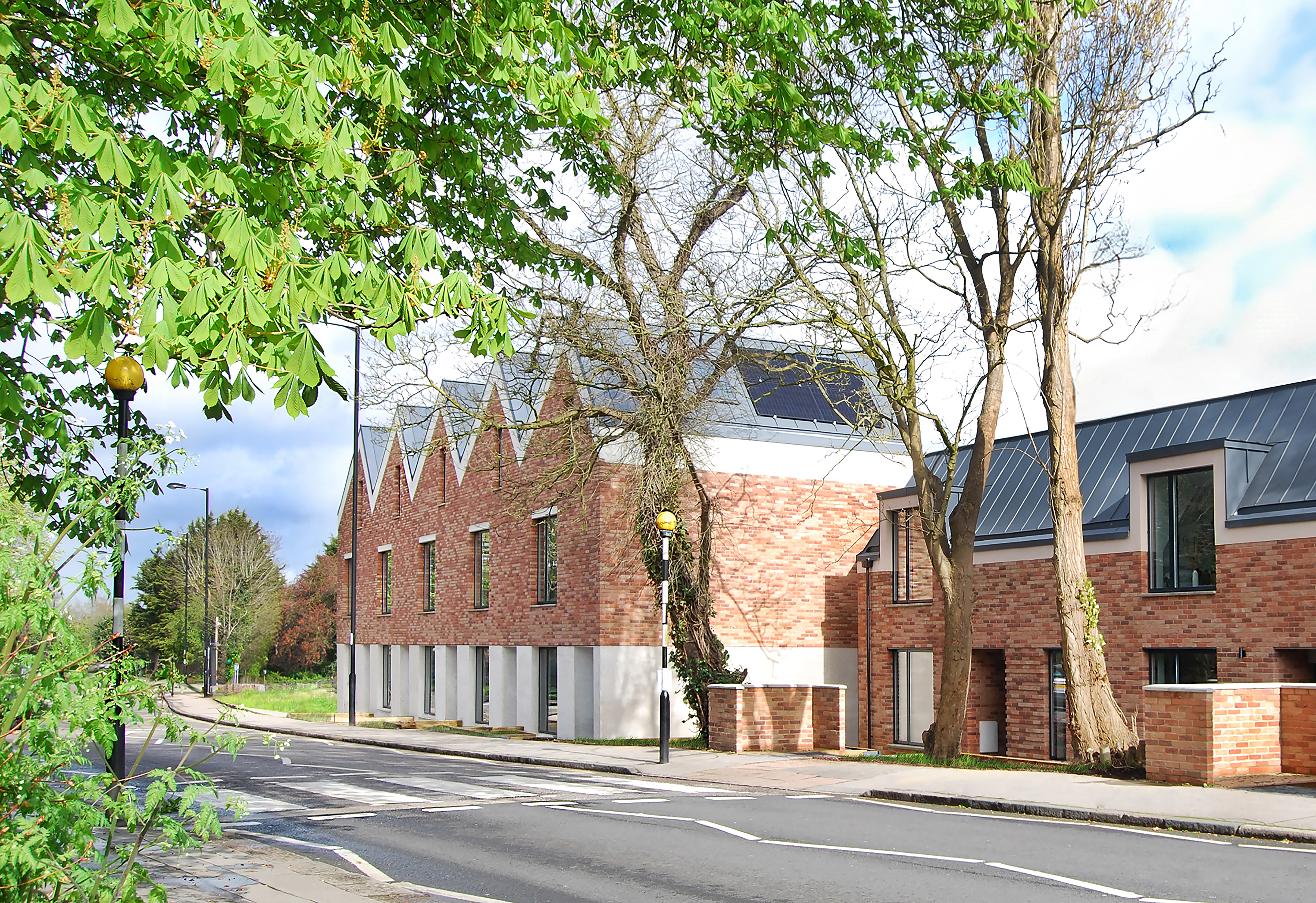 Hermitage Mews is a net-zero family of homes in London’s Crystal Palace
Hermitage Mews is a net-zero family of homes in London’s Crystal PalaceHermitage Mews by Gbolade Design Studio is a sustainable residential complex in south London's Crystal Palace, conceived to be green and contextual
-
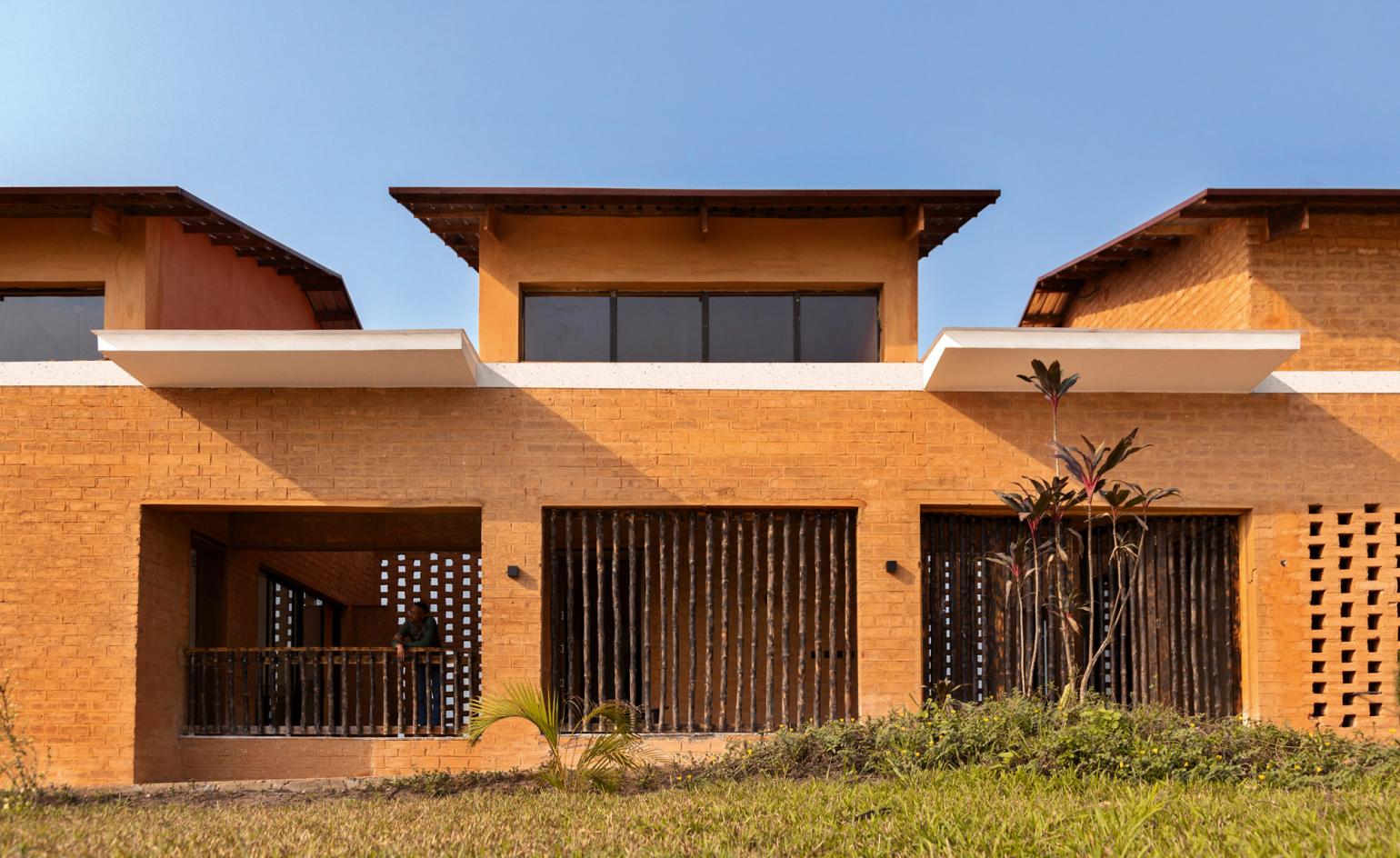 Sustainable architecture: 46 innovative and inspiring building designs
Sustainable architecture: 46 innovative and inspiring building designsThis is sustainable architecture at its best: from amazing abodes to centres of care and hard-working offices, these buildings not only look good but also do good